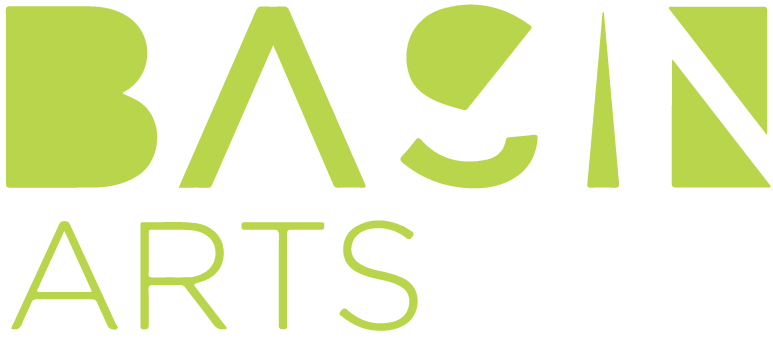Introducing Peter Klubek
Peter Klubek is a Louisiana based artist currently serving as an art research librarian
at the University of Louisiana at Lafayette. Early in his career he completed an artist
residency at the Hospitalfield House Arts Center and Historic house in Arbroath
Scotland. Peter was also a featured artist in the Southern Illinois Open Competition and
Exhibition, and at the Battery Park Outdoor Art Festival in New York, NY. His exhibited
work has been shown nationally and internationally, and he has been represented by
galleries in New York and Miami. His works are a part of the permanent collections at
the Brooklyn Art Library in Brooklyn, NY, and at the Hilliard Art Museum on the campus
of the University of Louisiana at Lafayette. More recently, he was a recipient of the 2022
IVLA Deborah Pratt Curtiss Artist Scholarship at the University of Jyvaskyla in Finland.
He has been involved with Nunu Arts and Culture Collective since 2017, and just joined
the creative family at Basin Arts earlier this summer. The focus of his body of work
centers on unconscious communication and offers a fresh perspective to everyday
people.
Who makes up your art circle?
My wife for sure. She is from Lafayette and is an amazing architect. She is well known in the community, and through her I have met so many artists, musicians, performers, and other creatives here in Acadiana. The culture here is very rich and palpable. I am not from Louisiana and since moving here it would be hard not to get swept up in the vibrant arts community that is present, even if I was not a practicing artist.
I am also very involved with the community at the Nunu Arts and Culture Collective in Arnaudville. There’s too many people there to name individually, but they are a great group of folks who have welcomed me since my very first visit.
How do you expand your art circle?
In addition to being an artist, I am a librarian. So, I can’t help but suggest that the library, ANY library, is a great resource to expand your knowledge, appreciation, and passion for your personal interests. Your circle can begin to grow from there, but I also find talking to people at any art event, festival, or social activity inevitably leads to an expansion. The people here are so open and expressive that is hard to find someone who does not have a creative outlet of one form or another.
What value do you see in having a creative community?
I have always found value in working with and for a more creative community. However, it was not until I became involved with the Nunu Arts and Culture collective that I learned about the concept of Creative Placemaking. The National Endowment for the Arts has defined Creative Placemaking as a partnership between individuals and sectors that work together in concert to build up the social character of public spaces, build a defined sense of place, encourage public discourse, community health, etc. I hadn’t realized it, but this is exactly what I had always seen as the overall profit from making art. I’m not one who is big on sales of my work, but if people come to see my work at a gallery, and then stop for a drink, or visit the local book store, and have an opportunity to engage their neighbors that’s more meaningful to me. For my art and art-making to act as a stimulant that helps foster that kind of environment is the best outcome, and I think it helps to grow a more creative and empathetic community.
How does your artistic approach contribute to your community?
It has been said that art is just another form of storytelling, and I am always interested in hearing the stories that people share about their lives and day-to-day living. Translating these personal accounts into visual works of art creates a dialog between myself, the storyteller, and ultimately, the viewer. This has never been more apparent to me than through my most recent project; Zoomface2020. With this project, I collected and recorded personal accounts of the 2020 pandemic. Paintings were created based on the stories shared, and then presented in a mock Zoom meeting. Users could click on an image and playback the recorded story. I kept speakers anonymous, and it was the opportunity to just talk openly for a few moments about how the pandemic affected them that participants said they liked the most. Many said they found it therapeutic to what had been a difficult time. Using my art in this way, to help people in my community, furthers the big idea of Creative Placemaking, and aids in strengthening neighbors and friendships.




